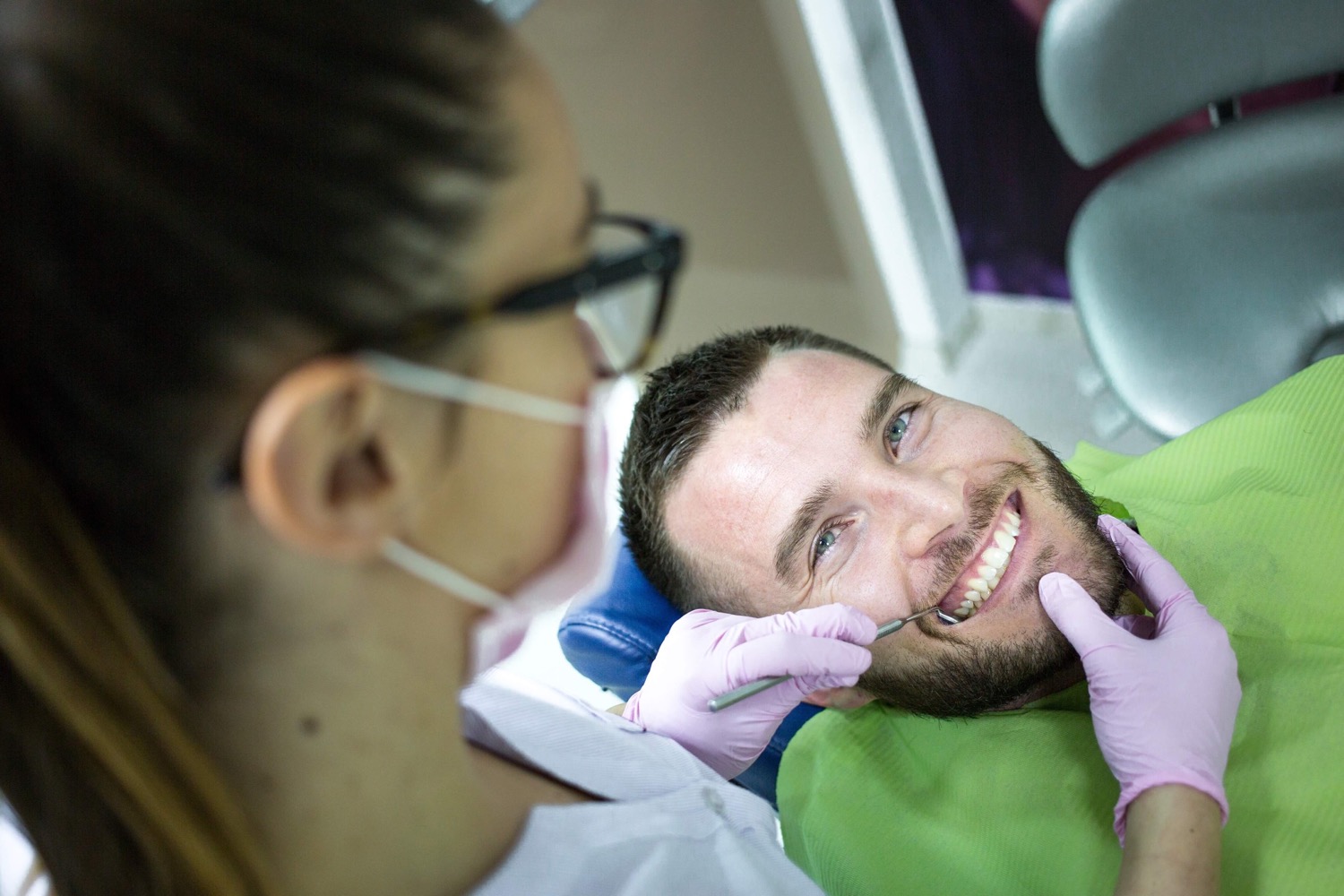Cracked Tooth Syndrome: Medical Procedures for a Restored Smile
- Dr.Nineska STUDIO DENTISTICO
- Mar 24, 2024
- 4 min read
A cracked tooth, also known as cracked tooth syndrome (CTS), can be a source of significant discomfort and a potential threat to your oral health. The sharp pain, sensitivity, and difficulty chewing associated with CTS can significantly impact your daily life.
Thankfully, depending on the severity of the crack, various medical procedures can address the issue, restore functionality, and alleviate discomfort. This blog post delves into the realm of cracked tooth syndrome medical procedure, exploring the different procedures dentists employ to preserve your smile.

Understanding Cracked Tooth Syndrome: Medical Procedures, Cracks and Consequences
The enamel, the hard outer layer of your teeth, protects the softer dentin layer beneath it. A crack in the enamel can extend into the dentin, exposing the inner pulp, which contains nerves and blood vessels. This exposure is the root cause of the pain and sensitivity associated with CTS. The severity of symptoms and the required treatment depend on the location and depth of the crack.
Types of Cracks and Their Treatments:
Cracked Cusp: A crack affecting only the pointed chewing surface (cusp) of a tooth can often be addressed with dental bonding. This minimally invasive procedure involves applying a tooth-colored resin material to repair the crack and restore the tooth's shape and function.
Cracked Enamel: If the crack is limited to the enamel layer and hasn't reached the dentin, a dental filling might suffice. The dentist will remove any damaged enamel and fill the cavity with a composite resin material that matches the color of your teeth.
Vertical Root Fracture: A vertical crack extending from the crown down the tooth root is a serious concern. Unfortunately, such fractures often necessitate tooth extraction. However, depending on the location and severity of the fracture, advanced techniques like root canal treatment followed by a crown placement might be an option in some cases.
Diagnostic Procedures for Cracked Teeth:
To determine the most appropriate treatment course, your dentist will conduct a thorough examination and utilize various diagnostic tools:
Visual Examination: The dentist will visually inspect your teeth for any visible cracks or signs of damage.
X-rays: Dental X-rays can reveal the extent of the crack and its depth, allowing the dentist to assess the severity of the issue.
Percussion Test: The dentist might gently tap on the affected tooth to assess for pain or tenderness, which can indicate the involvement of the pulp.
Palpation: The dentist might gently feel the tooth to identify any mobility or sensitivity.
Treatment Considerations:
The specific medical procedure chosen for your cracked tooth will depend on several factors:
Severity of the Crack: Minor cracks limited to the enamel might be addressed with bonding or fillings. Deeper cracks extending to the dentin or root might require more complex procedures.
Location of the Crack: The location of the crack on the tooth can influence the type of treatment possible. For instance, a crack on the chewing surface might be repairable with a crown, while a vertical root fracture might necessitate extraction.
Symptoms: The severity of your symptoms, such as pain level and sensitivity, will be considered when determining the urgency of treatment and the most suitable approach.
Additional Considerations:
Early intervention is crucial: Seeking prompt dental care upon experiencing any signs of a cracked tooth is essential. Early diagnosis and treatment can often prevent further damage and potentially save the tooth.
Crowns for Extensive Cracks: In cases where a significant portion of the tooth structure is compromised by a crack, a dental crown might be recommended. A crown is a custom-made cap that is cemented onto the remaining tooth structure, restoring strength, functionality, and aesthetics.
Root Canal Treatment: If the crack extends to the pulp, causing inflammation or infection, a root canal treatment might be necessary. This procedure involves removing the infected pulp tissue and cleaning the canals within the root before sealing the tooth. A crown is often placed on the tooth after root canal treatment for added protection.
Extractions as a Last Resort: While tooth extraction is the least desirable option, it might be necessary if the crack is severe, extends deep into the root, or the tooth is no longer salvageable. However, dentists prioritize tooth preservation whenever possible.
Living with a Cracked Tooth: Prevention and Care Tips
While cracked teeth can happen due to unexpected events like biting down on a hard object, certain practices can help minimize the risk:
Avoid Chewing Hard Objects: Refrain from chewing on hard candies, ice cubes, or other hard items that can put excessive stress on your teeth.
Wear a Mouthguard During Activities: If you participate in contact sports or activities with a high risk of facial trauma, wear a mouthguard to protect.
Don't Use Your Teeth as Tools: Avoid using your teeth to open bottles, packages, or crack nuts, as this can put undue strain on them.
Maintain Good Oral Hygiene: Consistent brushing, flossing, and regular dental checkups can help identify and address potential problems early on, minimizing the risk of cracked teeth due to underlying issues like decay or uneven wear.
Manage Teeth Grinding: If you grind your teeth at night, consult your dentist about getting a custom-made nightguard to prevent teeth clenching and potential damage.
Conclusion: A Smile Worth Preserving
A cracked tooth can be a frustrating and potentially painful dental issue. However, with proper diagnosis and timely intervention by a qualified dentist, various medical procedures can address the problem and restore functionality and comfort to your smile.
Remember, early detection is key. If you experience any signs of a cracked tooth, such as sudden pain, sensitivity, or difficulty chewing, schedule an appointment with your dentist right away. By prioritizing preventive measures like good oral hygiene and avoiding risky habits, you can minimize the risk of cracked teeth and maintain a healthy, confident smile for years to come.




Comments